





Copyright infringement not intended.
Picture Courtesy: https://indianexpress.com/article/business/amid-setbacks-first-signs-of-progress-in-lithium-mining-in-chhattisgarh-9410782/
Context: Extracting lithium from the hard rock granites and pegmatites present in India is challenging.
Details
|
Lithium ●Lithium can be found in various sources such as mineral deposits, brine deposits, mineral springs, and seawater. It is a minor constituent of Earth's crust. ●In the past, the American market dominated lithium production, but by the 21st century, most production came from non-U.S. sources, with Australia, Chile, and Portugal being the largest suppliers. ●The major commercial form of lithium is lithium carbonate, which is produced through various processes. ●It is produced through electrolysis and has various industrial applications, including its use as a scavenger in metal refining and in organic synthesis. ○It is also used in non-rechargeable lithium primary batteries and has been extensively researched for high-power rechargeable lithium storage batteries. ○Other applications include its use in lightweight alloys for aerospace applications and in the preparation of compounds such as lithium hydride. ●It exhibits chemical properties similar to other alkali metals and alkaline-earth elements. It has various practical applications, including the production of hydrogen gas and the reduction of organic compounds. ●Lithium compounds are used in the production of soaps, lubricating greases, and as absorbents. ●It has nuclear properties that make it useful in tritium production and as a heat-transfer fluid for nuclear reactors. ●It also has biological properties and is used in the treatment of manic depression. |
Progress in Chhattisgarh
In Chhattisgarh's Korba district, the exploration of lithium has advanced significantly:
Setbacks in Other Regions
|
Jammu and Kashmir (J&K) |
●Reasi District: The auction of a lithium block was cancelled due to insufficient investor interest. The block was reoffered in a fresh tranche of auctions in March, but it continues to struggle to attract significant interest. ●Exploration Results: Preliminary surveys showed lithium concentrations exceeding 200 ppm, but the potentially lower concentration and the need for expensive extraction infrastructure may explain the weak investor interest. |
|
Manipur |
●Kamjong District: Exploration efforts were halted due to resistance from local communities. The NMET committee decided to drop the exploration plans for the time being due to these local issues. |
|
Ladakh |
●Merak Block: Close to the India-China border, exploration yielded discouraging results, leading the NMET committee to recommend dropping the project. |
|
Assam |
●Dhubri and Kokrajhar Districts: Lithium exploration results were not encouraging, prompting the NMET committee to recommend dropping the project. |
Challenges in Domestic Lithium Mining
Global Ventures and Successes
Way Forward
Must Read Articles:
Source:
|
PRACTICE QUESTION Q. Given India's recent lithium discoveries in Jammu and Kashmir, how might the development of domestic lithium resources impact the country's renewable energy transition and electric vehicle industry, considering the technical and geopolitical challenges in the region? |


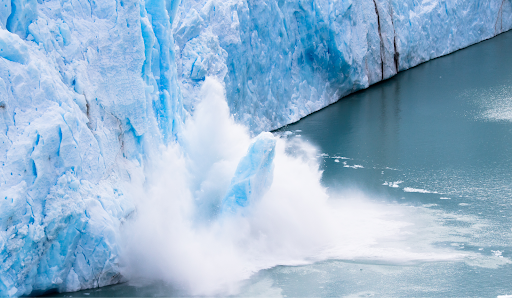
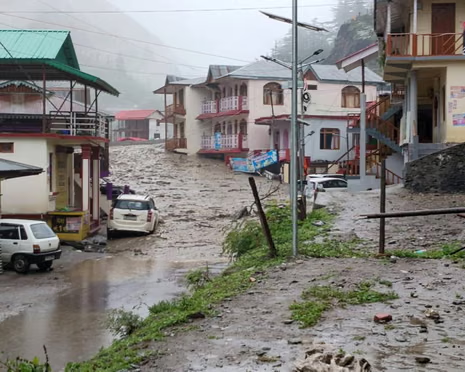
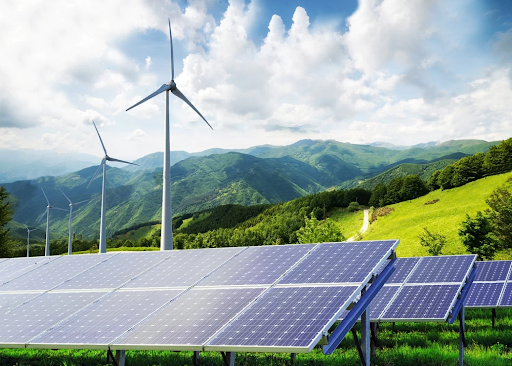
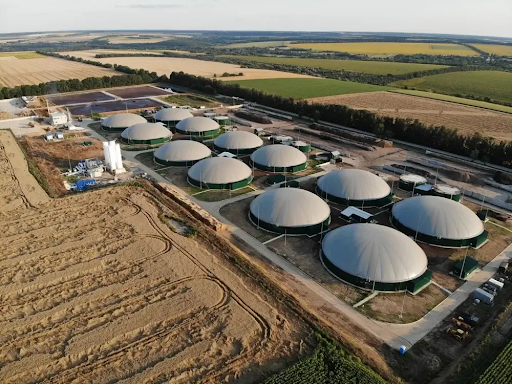

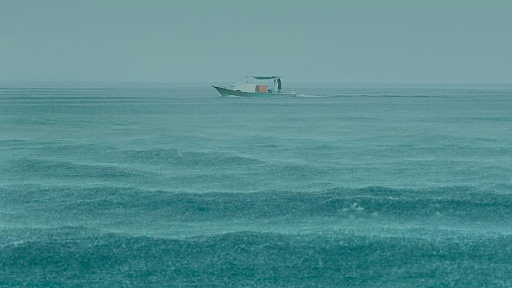
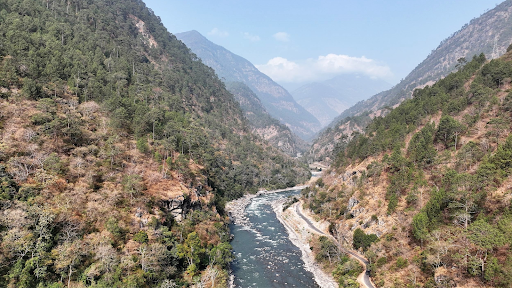

© 2025 iasgyan. All right reserved